The Cessna Citation CJ4 and the Pilatus PC-24 stand out as two of the largest single-pilot certified private jets on the market.
Competing in the dynamic business jet sector, these aircraft showcase distinct approaches to meeting the needs of private aviation customers.
Both jets feature efficient designs and offer competitive performance characteristics, making the decision between the two challenging.
This comprehensive comparison explores their strengths and differences, catering to the needs of prospective aircraft owners, private jet charter operators, and aviation enthusiasts alike.
Key Takeaways
- The Cessna Citation CJ4 and new Pilatus PC-24 are both popular choices in the light jet category, competing for attention in the private aviation industry.
- The PC-24, often described as a “super versatile jet,” boasts short-field capabilities and a unique design, while the CJ4 represents a reliable, efficient design with a proven track record.
- This guide examines their performance of a light jet, range, cabin comfort, operating costs, and price tag, offering valuable insights for private aircraft ownership decisions.
- Whether it’s the larger cabin and flat floor of the PC-24 or the better fuel efficiency and passenger capacity of the CJ4, the final choice will depend on specific needs and preferences.
Introduction to Light Jet Market Competition
The light jet market remains highly competitive, with aircraft manufacturers like Cessna, Embraer, and Pilatus vying for dominance.
The Cessna Citation CJ4 and the Pilatus PC-24 program exemplify distinct strategies to address the demands of business travel and qualified business use.
The Cessna Citation CJ4, part of the CJ4 Gen lineup, is celebrated for its practical terms of reliability and longer range.
With Williams International FJ engines and an impressive avionics suite like the Garmin G3000, it remains a staple in the business jet category.
In contrast, the new Pilatus PC-24 marks a bold entry by the Swiss company, Pilatus Aircraft. With its gravel strip landing capability and dual wheels on the landing gear, it targets operators needing access to shorter runways and challenging environments.
This versatility has made the PC-24 order book a point of interest, especially for buyers in North America.

Market Dynamics and Future Prospects
Both the CJ4 and the PC-24 face increasing competition from main competitors like the Beechcraft King Air and the Embraer Phenom series.
This has led to pricing pressures and adjustments in production lines, especially for established models like the C Citation CJ4.
For buyers, factors such as full-fuel payload, total variable costs, and list price play a crucial role in decision-making.
Additionally, innovations in cabin comfort, such as side-facing seats and double-club seating, offer additional features that can sway preferences.
In practical terms, both jets cater to business owners seeking tax benefits of bonus depreciation and other tax implications tied to the useful life of their assets.
Their maximum operating altitude, NBAA IFR reserves, and ability to handle bad weather conditions further highlight their appeal in real-world operations.
As the private aviation industry continues to evolve, the first delivery of new aircraft like the PC-24 and the enduring appeal of the CJ4 ensure that this segment remains both competitive and innovative.
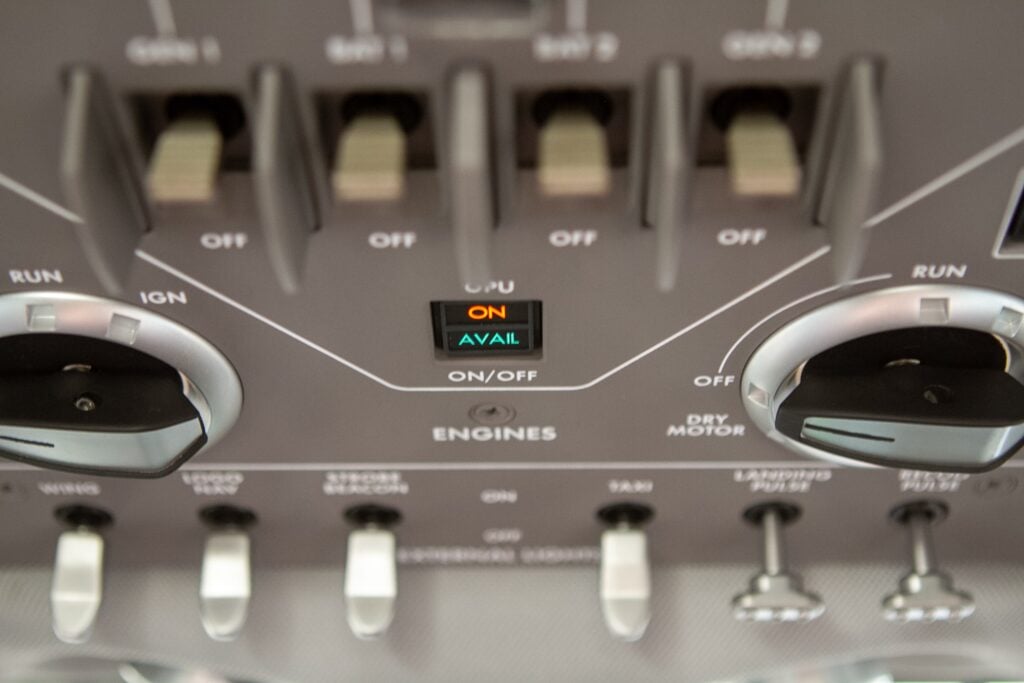
Performance
When analyzing the performance characteristics of the Cessna Citation CJ4 and Pilatus PC-24, it’s crucial to highlight the strengths of each aircraft’s efficient design and engineering.
Both jets are equipped with Williams International FJ44-4A engines, delivering a thrust output of 3,400 lbs per engine (1,542 kg) and a total thrust of 6,800 lbs (3,084 kg).
Their maximum operating altitude of 45,000 feet (13,716 m) ensures efficient routing and smoother flight experiences.
However, notable distinctions emerge in key performance metrics:
- Climb Rate
- The Pilatus PC-24 has a faster climb rate of 4,070 feet per minute (1,241 m/min) compared to the Cessna Citation CJ4’s climb rate of 3,854 feet per minute (1,176 m/min).
- A higher rate of climb minimizes time in congested airspace, reduces turbulence exposure, and enables quicker ascents to cruising altitude for enhanced passenger comfort and operational efficiency.
- Cruise Speed
- The CJ4 edges out with a high-speed cruise of 451 knots (837 km/h), slightly faster than the PC-24’s 440 knots (815 km/h). This increased speed translates to shorter travel times and more productive operations, a critical factor for private jet ownership and business travel.
- Fuel Burn
- The Pilatus PC-24 demonstrates superior fuel efficiency, consuming just 160 gallons per hour (606 L/h) versus the CJ4’s 173 gallons per hour (656 L/h). This lower fuel burn reduces operating costs, improves environmental impact, and enhances range flexibility.
- Ground Performance
- In terms of runway requirements, the PC-24 offers greater versatility:
- Take-Off Distance: 2,930 feet vs. the CJ4’s 3,410 feet.
- Landing Distance: 2,375 feet vs. the CJ4’s 2,940 feet.
- Moreover, the PC-24’s unique capability to operate on gravel and dirt runways provides access to remote locations, broadening its appeal for business jet operators and those requiring short-field performance.
- In terms of runway requirements, the PC-24 offers greater versatility:
Real-World Considerations
It’s essential to note that these performance figures represent ideal conditions. Actual performance may vary based on payload, wind conditions, and runway surfaces.
For example, heavier aircraft or adverse weather conditions (e.g., wet or icy runways) can impact take-off and landing distances as well as overall efficiency.
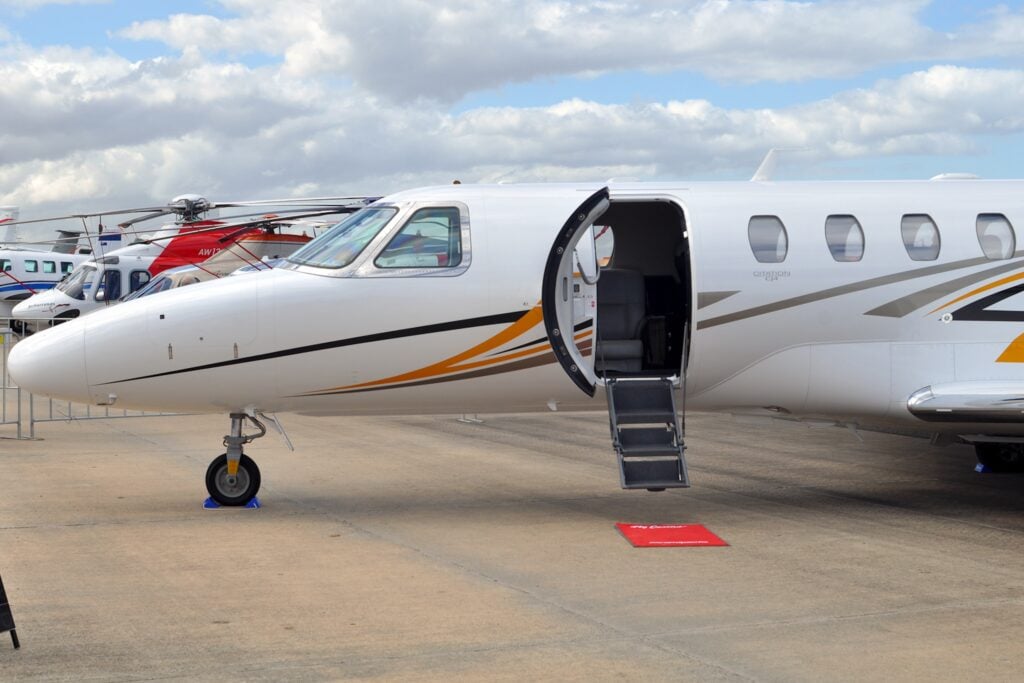
Range
The range capabilities of the Cessna Citation CJ4 and the Pilatus PC-24 further reflect their respective designs for business aviation needs.
The Citation CJ4 has a maximum range of 2,165 nautical miles, slightly higher than the Pilatus PC-24 maximum range of 2,000 nautical miles.
While the CJ4 offers a longer maximum range, both jets can cover impressive distances without refueling, making them ideal for regional travel and some transcontinental missions.
Naturally, in the real world there are many factors that will impact the range of any aircraft.
In real-world conditions, payload, fuel burn, and weather factors—such as headwinds or tailwinds—can significantly influence range performance. For instance:
Variations in fuel burn rates based on altitude and speed can further impact operational range.
Higher payloads reduce range due to increased fuel consumption.
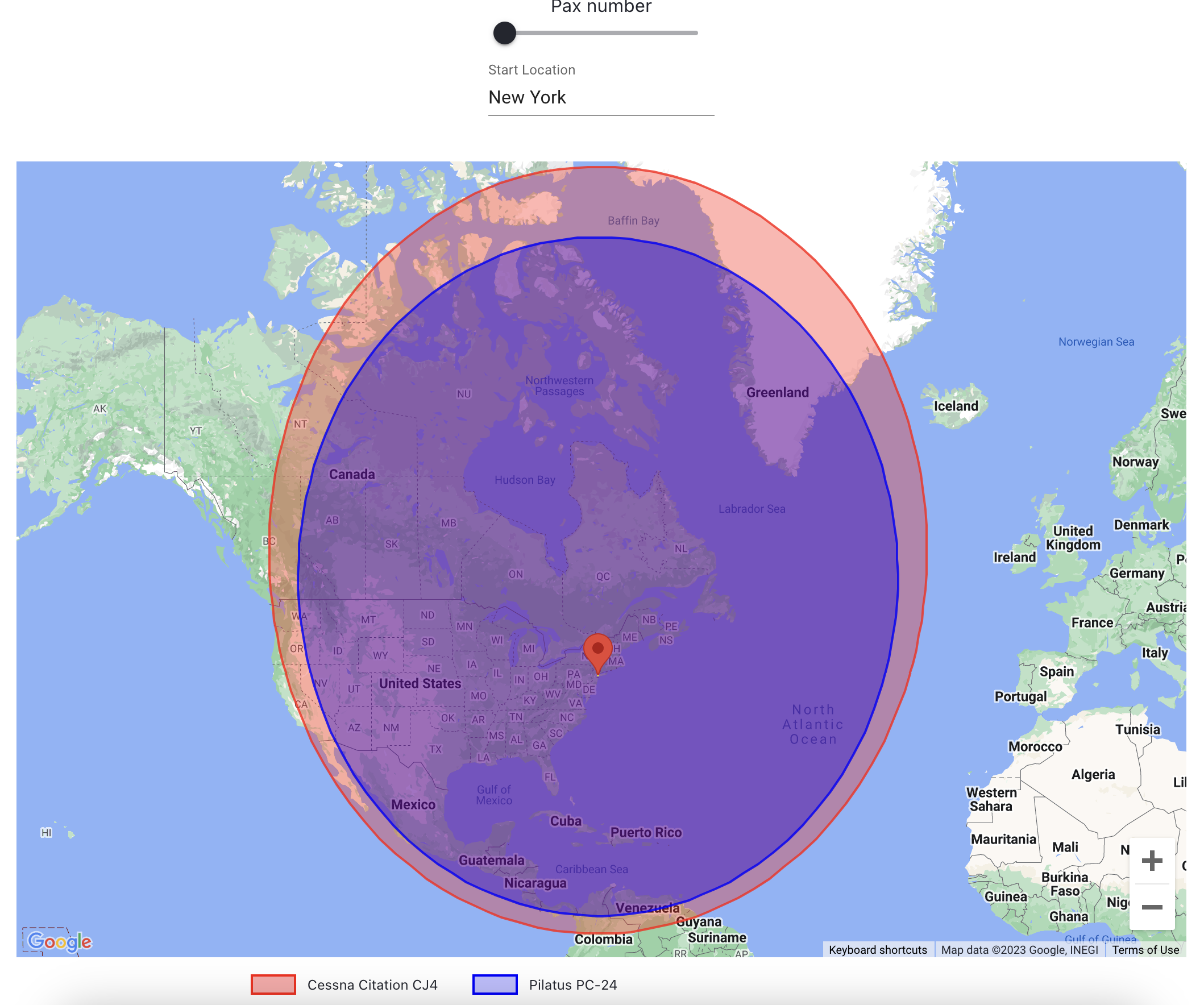
Interior Dimensions
The interiors of the Cessna Citation CJ4 and the Pilatus PC-24 highlight key differences in design and functionality, offering various amenities tailored to passenger comfort and satisfaction.
The CJ4’s cabin measures 17.33 feet (5.28 meters) in length, while the PC-24 provides a notably longer cabin at 22.97 feet (7.01 meters).
This added length translates to more legroom and personal space, enhancing comfort during extended flights.
In terms of width, the CJ4’s cabin spans 4.82 feet (1.47 meters), whereas the PC-24 offers a wider 5.58 feet (1.7 meters), creating a more spacious environment that allows passengers greater mobility and increased shoulder room.
Cabin height also contributes to the overall experience, with the CJ4 providing 4.75 feet (1.45 meters) compared to the PC-24’s slightly taller 5.09 feet (1.55 meters).
This additional height enhances the feeling of openness and ensures ample headroom.
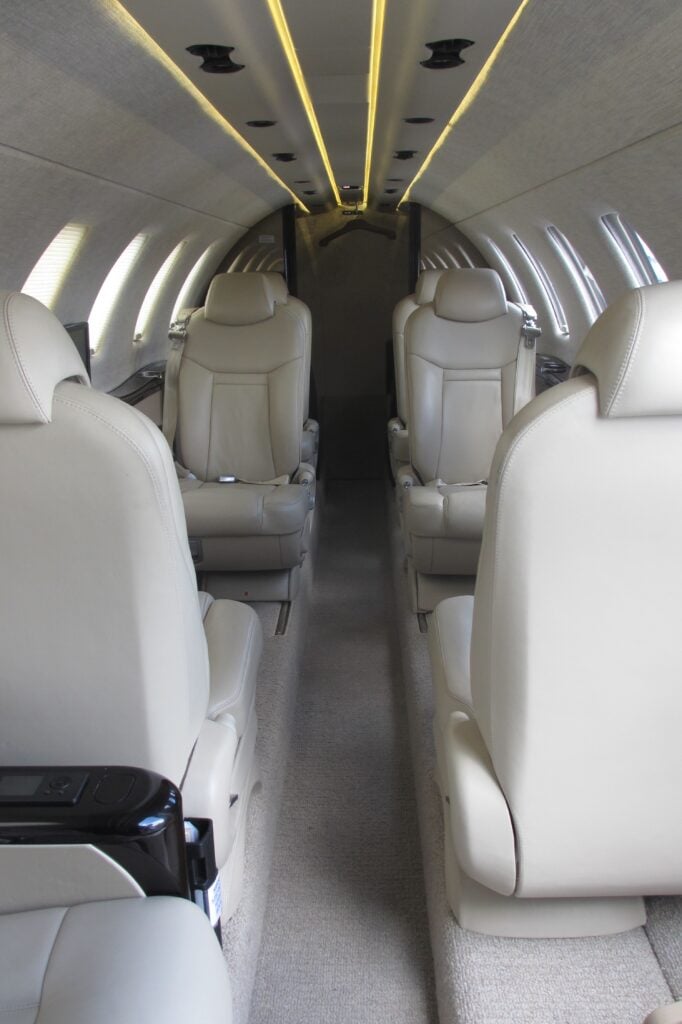
Baggage capacity is another area of differentiation. The CJ4 offers 77 cubic feet (2,180 liters) of luggage space, while the PC-24 exceeds this with 90 cubic feet (2,548 liters).
Additionally, the PC-24’s design includes a unique cargo door capable of accommodating a European pallet, providing versatility for transporting larger items, though the frequent interior adjustments this allows may lead to faster wear and tear.
Both jets feature sophisticated interiors with modern technology, ergonomic seating, and customizable configurations.
Passengers can enjoy amenities such as Wi-Fi, entertainment systems, and climate control.
The CJ4’s cabin design leans toward high-quality finishes, providing a classic and refined aesthetic, while the PC-24 focuses on versatility to meet varied travel needs.
The maximum cabin altitude also plays a significant role in passenger comfort. The CJ4 maintains a maximum cabin altitude of 7,800 feet, slightly lower than the PC-24’s 8,000 feet.
A lower cabin altitude can mitigate fatigue by maintaining higher oxygen levels, reducing the effects of jet lag and altitude sickness.
Furthermore, the CJ4 maintains sea-level cabin pressure up to an altitude of 23,984 feet, slightly surpassing the PC-24’s 23,500 feet, ensuring a consistently comfortable environment even at higher cruising altitudes.
The PC-24 offers a total cabin volume of 501 cubic feet, accommodating up to 10 passengers in a commuter layout or 6-8 in an executive configuration.
The aircraft can be configured solely for cargo, medical evacuations (such as the Royal Flying Doctor Service).
By comparison, the CJ4’s cabin, at 311 cubic feet, is more compact but still larger than the Phenom 300’s 324 cubic feet.
Seating arrangements in both jets are highly customizable, including options like club-style seating, divans, or individual seats, offering flexibility to suit different travel purposes and group sizes.
Chartering the CJ4 Vs PC-24
Chartering the Cessna Citation CJ4 and Pilatus PC-24 offers distinct advantages.
The CJ4, widely available and costing $3,000 to $3,500 per hour, is a reliable choice for business and leisure trips.
In contrast, the PC-24, with rates of $3,800 to $4,300 per hour, excels at accessing remote locations thanks to its ability to land on short or unpaved runways.
While the CJ4 is ideal for longer journeys with lower costs, the PC-24’s versatility justifies its higher price.
Both jets cater to different needs, with factors like range, airport access, and fleet size influencing the decision.
Operating and Acquisition Cost Comparison
When considering ownership costs, the Cessna Citation CJ4 and Pilatus PC-24 present different financial profiles.
The CJ4 costs around $9.5 million, slightly less than the PC-24 at $10 million.
In terms of depreciation, while there are many factors that influence the depreciation rate of the private jets, the PC-24 is estimated to hold its value slightly better.
While the PC-24’s advanced technology lowers maintenance and operating expenses, its unpaved runway capability could lead to higher upkeep in certain scenarios.
The CJ4 benefits from Cessna’s robust support network, keeping maintenance costs competitive. Factors like fuel efficiency, maintenance schedules, and potential charter income are essential in evaluating overall expenses.
Over time, the PC-24’s lower operating costs may offset its higher purchase price, making it a cost-effective option for long-term ownership.
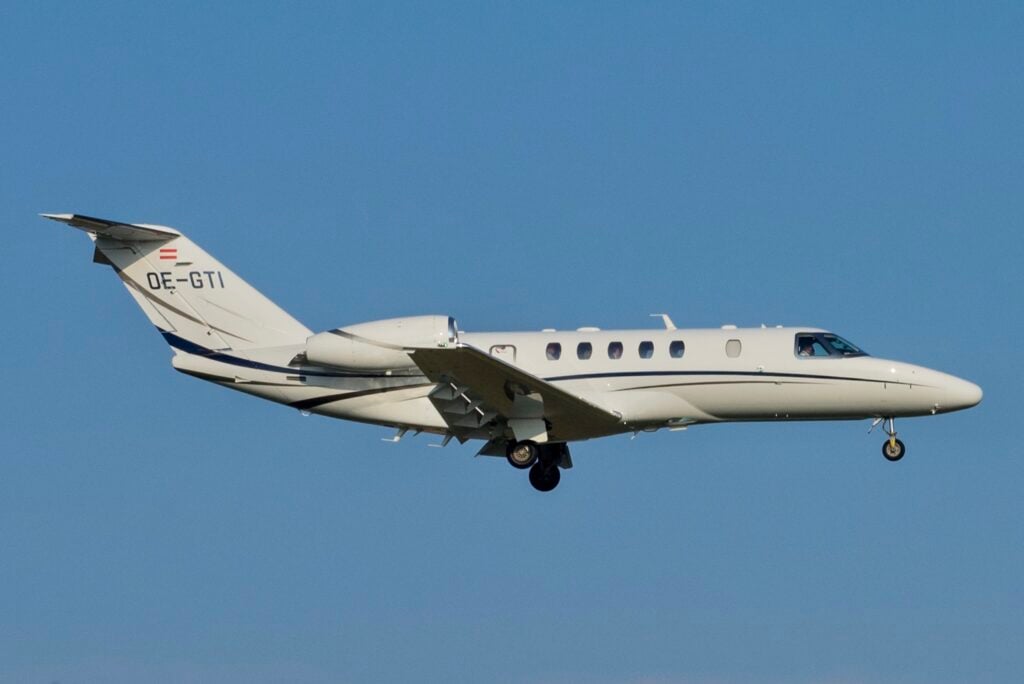
Summary
In summary, the Cessna Citation CJ4 and Pilatus PC-24 are both exceptional private jets with unique performance characteristics, cabin dimensions, and ownership costs.
The comparison has highlighted each aircraft’s strengths and weaknesses, providing a comprehensive understanding of their capabilities in various aspects.
The CJ4 boasts a slightly higher cruise speed and a lower maximum cabin altitude, which can contribute to a more comfortable flight experience for passengers.
On the other hand, the PC-24 offers a shorter take-off and landing distance, as well as the ability to land on gravel and dirt runways, making it a versatile choice for accessing remote locations.
Regarding cabin dimensions, the PC-24 has a longer, wider, and taller cabin, along with a fully-flat floor, while the CJ4 provides inflight baggage access.
In terms of hourly charter rates and purchase costs, the PC-24 tends to be priced higher than the CJ4, but it experiences a slower depreciation rate over time.
Taking all these factors into account, it is challenging to definitively declare one of these aircraft as the better option, as individual preferences and requirements will play a significant role in determining the most suitable choice.
The brand voice aims to provide detailed information, impartial advice, and technical details that allow potential buyers to make informed decisions based on their specific needs within the dynamic aviation industry.
Ultimately, the decision between the Cessna Citation CJ4 and the Pilatus PC-24 will depend on the buyer’s priorities and travel requirements.
Both aircraft offer distinct advantages that cater to different preferences, making them both strong contenders in the private jet market.
Featured Image: Rob Hodgkins, CC BY-SA 2.0, via Wikimedia Commons



